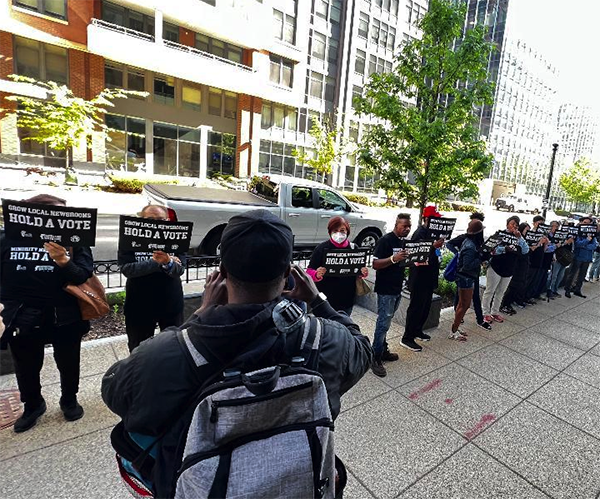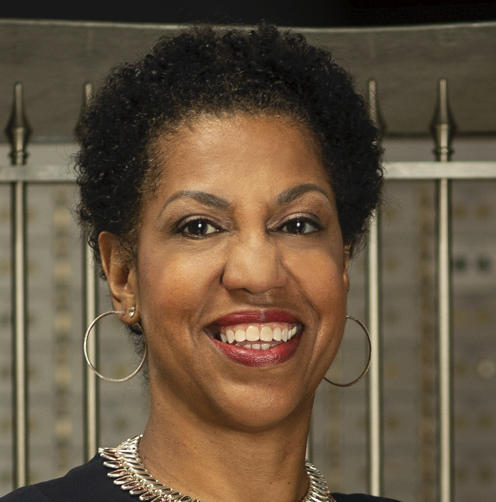Unions scored another big win last week. More than 45,000 unionized grocery workers in Southern California reached a tentative deal with the region’s largest supermarket chains, narrowly averting a strike that could have paralyzed hundreds of stores across Los Angeles and through much of California.
The United Food and Commercial Workers union, representing employees at Ralphs, Albertsons, Pavilions and Vons, says the agreement “addresses our priorities” on wages, staffing and health care. After months of negotiations and a strike authorization, the union’s leverage produced results.
It’s the latest in a series of high-profile wins for striking workers in L.A. Over the past year, hotel workers, nurses, teachers and entertainment industry employees have all secured new contracts, often after threatening or staging walkouts. On the surface, labor seems to be on a roll in L.A.
But beneath these headlines, the balance of power in the American economy is quietly shifting back in favor of large employers. The Federal Reserve, the White House and Congress have all played a role, and the effects are likely to become more visible in the years ahead.
Let’s start with the Fed. For years, the central bank’s policy of quantitative easing — injecting trillions of dollars into the banking system — has overwhelmingly benefited large companies and corporations. The Fed created money out of thin air and then pumped it into the banking system that fueled mergers, stock buybacks and record profits for big corporations, while smaller businesses and workers saw little of that trickle down to them.
Although the Fed ended quantitative easing three years ago, it pumped about $4.5 trillion into the banking system from March 2020 to March 2022. The Fed also doubled down on its strategy of injecting money into the system in 2023 when a number of large U.S. banks were facing failures.
The Fed’s new vice president for supervision, who is tasked with overseeing large banks, has long spoken out against even small-scale bank regulation. That’s likely to make big banks even more powerful and strengthen the big businesses they do business with most often.
Then there’s Washington. The passage of the “Big Beautiful Bill” last week will provide major tax breaks, reduce regulation and provide many direct subsidies to the largest corporations in the country. While some provisions aim to support workers and small businesses, the bulk of the benefits and the money will go to the top.
This is the context in which L.A.’s recent labor victories should be viewed. Workers are winning important battles — securing higher pay, better benefits and improved working conditions. But these wins are happening at a moment when the underlying economic and political forces are tilting in the opposite direction.
For now, unions have leverage. The labor market looks strong, public sympathy for frontline workers is high and employers are eager to avoid the disruptions and bad press that come with strikes. But as the effects of government policy and central bank actions continue to accumulate, the balance of power could shift rapidly.
Large companies, armed with new resources and regulatory advantages, are already signaling a tougher stance in future negotiations. L.A. civic and government leaders have made clear that the next round of bargaining will be different.
As profit margins come under pressure and the economic environment becomes less forgiving, management will be looking to flex the muscle they’ve been given by leaders in Washington and at the Fed.
For workers, this means that today’s wins, while significant, should be seen as preparation, not victory laps. The next phase of labor relations in Los Angeles is likely to be more contentious, with businesses better positioned to resist demands for higher pay and improved conditions. Unions will need to adapt, building new strategies and coalitions to maintain the leverage they’ve enjoyed in recent years.
The lesson for LA’s workforce is clear: The fight for better wages and working conditions is far from over. If anything, it’s about to get harder.
Workers and their advocates should celebrate the progress they’ve made, but they must also prepare for a much larger battle on the horizon — one in which the deck may be stacked against them.
In the end, the story of labor in Los Angeles may be less about recent wins and more about how workers respond when the tide inevitably turns. The real test is still to come.
Dion Rabouin is The Wave’s business and digital editor. Feel free to send suggestions and story ideas to Dion@wavepublication.com.




